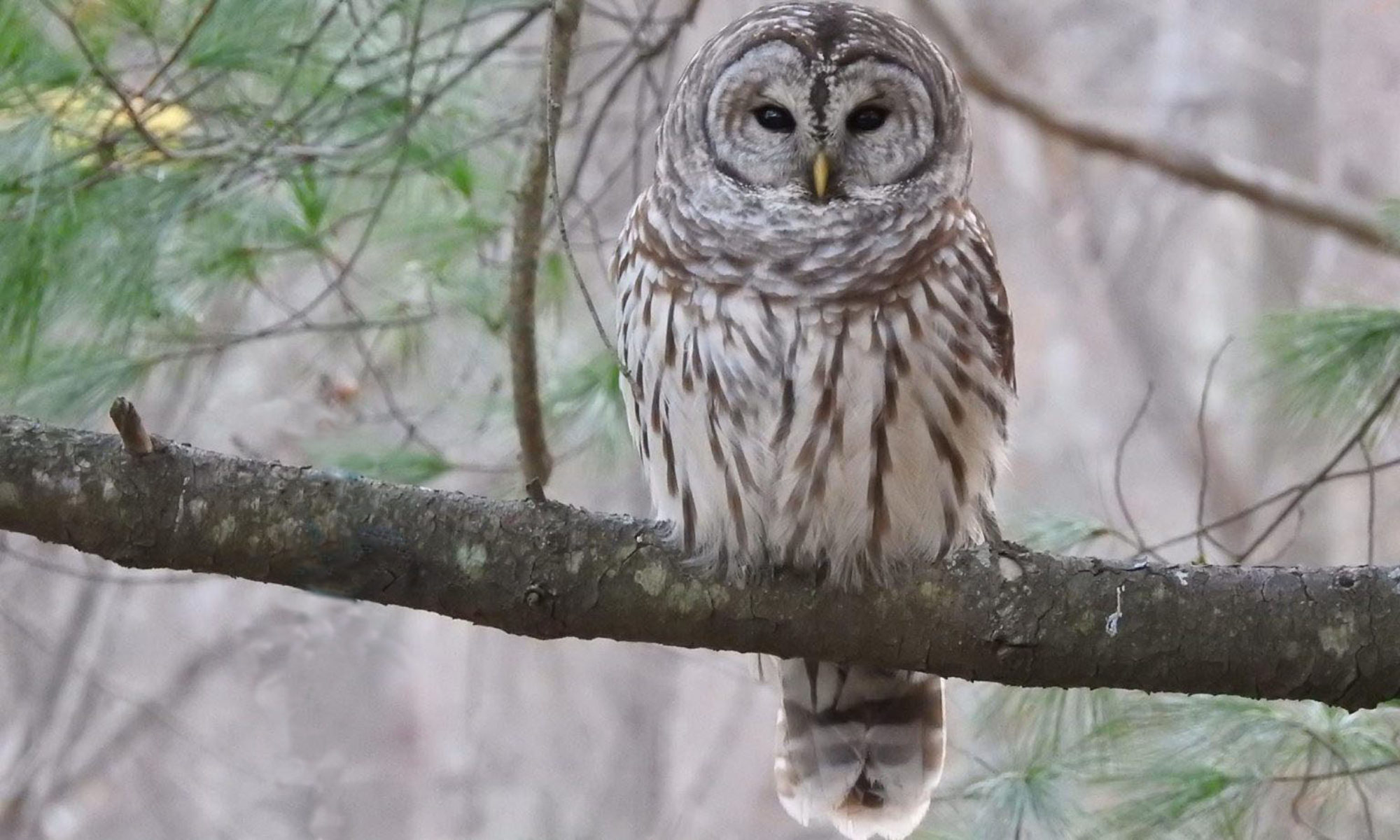“Forever Wild” is debatable as we cross the Blue Line doing 70 mph on the six-lane Northway, but the Adirondack Park is indisputably big: a contiguous but internally fragmented mass, government lands veined with private property and huge tracts of private land; nineteenth century Great Camps like Jack Ma’s retreat on 28,000 acres, these parcels eclipsed in turn by holdings of timber companies you’ve likely never heard of (Molpus, Lyme)—273 thousand and 240 thousand acres respectively—the People of the Great State of New York’s 2.6 million acres of wild forest, the park in total 6 million acres.
What a great place for lawnchair birding! I picked up 18 year birds (41 species total) in just a few days hunkered down on my campsite, including three warblers I missed in migration — Blackburnian, B-t Green, and, my favorite, Magnolia. (In camping trip planning I always question the added weight, but I am never sorry to have brought the scope; an angled eyepiece or module dramatically boosts the octane level of “big sit” birding and is a superior tool for people with PD.)
Ravens are awesome, and I was glad to see and hear several every day, chatting each other up with a wide variety of vocalizations. It was a privilege to catch a glimpse of a Black-backed Woodpecker and to become newly cognizant of the odd, ringtone-like song of a Junco, a vocalization I never get from my winter visitors. The more familiar call of a Common Loon is hopeful, not haunting: it speaks volumes about the health of the watershed, and Osprey and Bald Eagle affirm that the fishing is good, healthy up and down the food chain.
